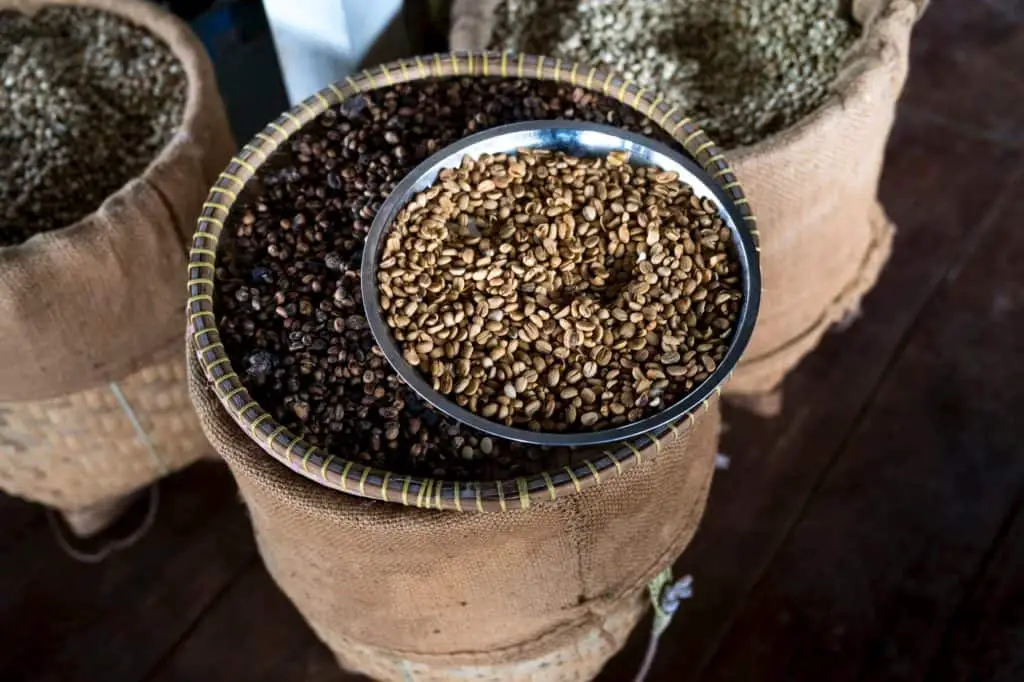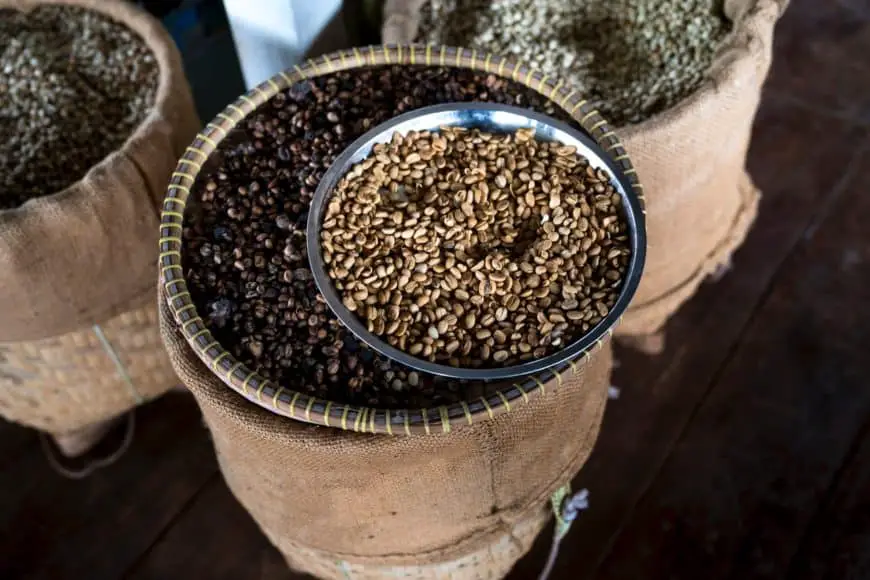
Coffee lovers are always chasing the next great cup, and among the many varieties of coffee beans, one stands out as a true gem for its rarity and distinct character. Meet Liberica coffee, a bean that’s as intriguing as it is hard to find.
Prized by coffee drinkers for its bold flavor and unique aroma, Liberica offers something entirely different from the everyday brews you know. Its story spans continents, from the wilds of West Africa to the farms of Southeast Asia, and its scarcity—making up less than 1% of global coffee production—only adds to its mystique.
In this post, we’ll break down what makes Liberica coffee so special, exploring its origins, its smoky and nutty taste, and why it’s a favorite among those who crave a coffee experience that’s anything but ordinary.
What is Liberica Coffee?
Liberica coffee comes from Liberia in West Africa, where it grew wild before spreading globally. Named after its homeland, this coffee plant towers up to 20 meters, producing large, asymmetrical beans. It thrives in warm, humid lowlands, unlike Arabica’s high-altitude preference.
Liberica is rare, making up less than 1% of global coffee production. Its large cherries are tough to harvest and process, driving up costs. Some farmers now grow shorter hybrid plants with milder flavors, putting pure Liberica at risk of fading. Still, its bold taste makes the higher price worth it for many.
How is Liberica Different from Arabica and Robusta?
Liberica stands out from Arabica (60% of global coffee) and Robusta (40%). Its beans are larger, teardrop-shaped, and asymmetrical, unlike the smaller, oval beans of its cousins. Liberica trees have big, leathery leaves and deep roots, thriving in tough soils like clay or peat.
Arabica and Robusta pack more caffeine (1.61g and 2.26g per 100g) than Liberica (1.23g). They’re also easier to process due to smaller cherries. Liberica’s bold flavor suits blends or specialty single-origin brews, while Arabica dominates specialty coffee, and Robusta powers espresso and instant blends.
What Does Liberica Coffee Taste Like?
Liberica’s flavor is bold, with nutty, smoky, and dark chocolate notes that linger in a strong aftertaste. You might catch floral aromas or fruity hints like jackfruit or berries, especially in naturally processed beans. Less bitter than Arabica or Robusta, it feels earthy and heavy—some liken it to “liquid tobacco.” In the Philippines, it’s called “Kape Barako,” or “Manly Coffee,” for its punch.
Excelsa, a Liberica variant, offers a smoother, tart, and fruity taste. Processing methods like washed or honey can boost sweetness or smokiness. If Arabica or Robusta feel too bitter, Liberica’s acquired taste might hook you.
Where is Liberica Coffee Grown?
Liberica’s story starts in Liberia, but coffee rust in the 1870s–1920s pushed it to Southeast Asia. The disease crushed Arabica crops, so farmers in the Philippines, Indonesia, and Malaysia turned to rust-resistant Liberica. Spanish friars first brought it to the Philippines in the 1740s, and by the late 1800s, Batangas and Cavite became hubs.
Today, the Philippines leads, with over 70% of its coffee as Liberica. Malaysia (Johor) and Indonesia (Java, Kalimantan) follow, alongside smaller crops in West Africa (Liberia, Ivory Coast), Vietnam, and South America (Colombia, Venezuela). Its ability to grow in lowlands with even rainfall keeps it thriving.
How Much Caffeine is in Liberica Coffee?
Liberica has the least caffeine—1.23g per 100g of beans, compared to Arabica’s 1.61g and Robusta’s 2.26g. Its bold flavor makes it ideal for those chasing taste over a buzz, shining in French press or pour-over brews or as a complex blend.
Is Liberica Slowly Going Extinct?
Liberica’s cultivation persists, but it’s rare, at less than 1% of global coffee. Farmers often choose shorter hybrids with milder flavors, easier to harvest but less robust. Wild Liberica, like other coffee species, faces threats from deforestation and climate change. Coffee rust still hits, though Liberica’s pest and disease resistance helps.
Its large cherries, with thick skin and pulp, are costly to process, pushing some farmers away. Yet, specialty coffee farmers in the Philippines, Malaysia, and Uganda are reviving Liberica with better techniques. The Philippine government also backs efforts to preserve this bean, ensuring future generations can savor it.
How to Brew Liberica Coffee
Liberica’s bold flavors pop with a French press or pour-over. Use a light roast to keep floral and berry notes—dark roasts amp up smokiness. Grind medium-coarse, use water at 90–95°C, and steep for 4 minutes. In the Philippines, Kape Barako is served strong and black, a cultural staple at social gatherings. As climate change challenges coffee, Liberica’s lowland resilience makes it a future-proof gem.

